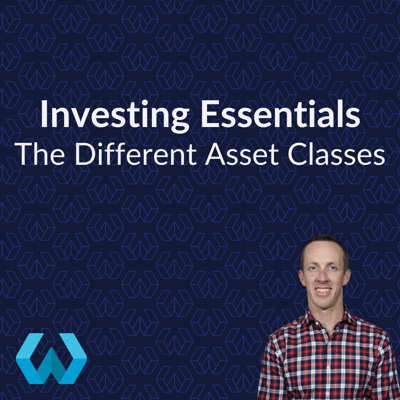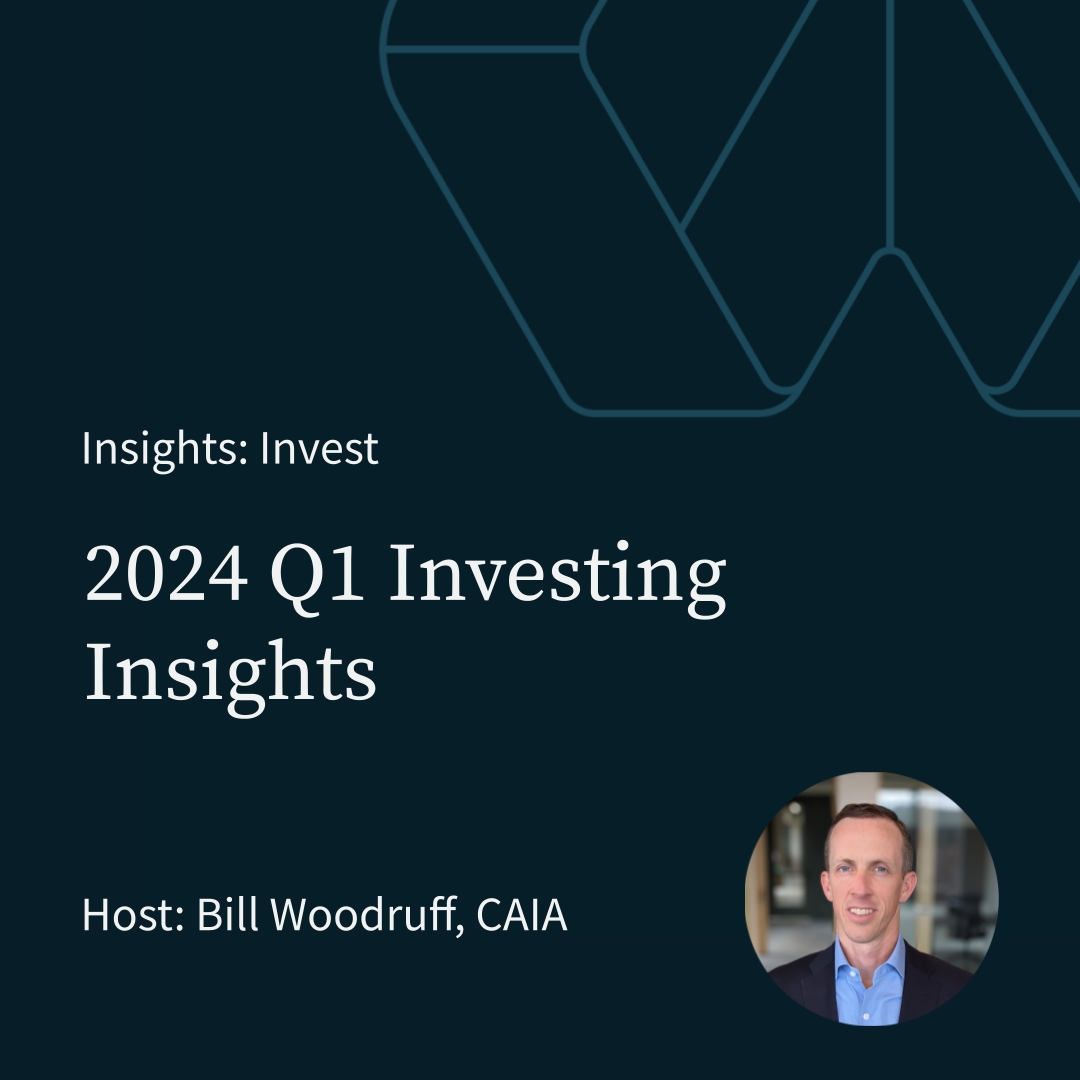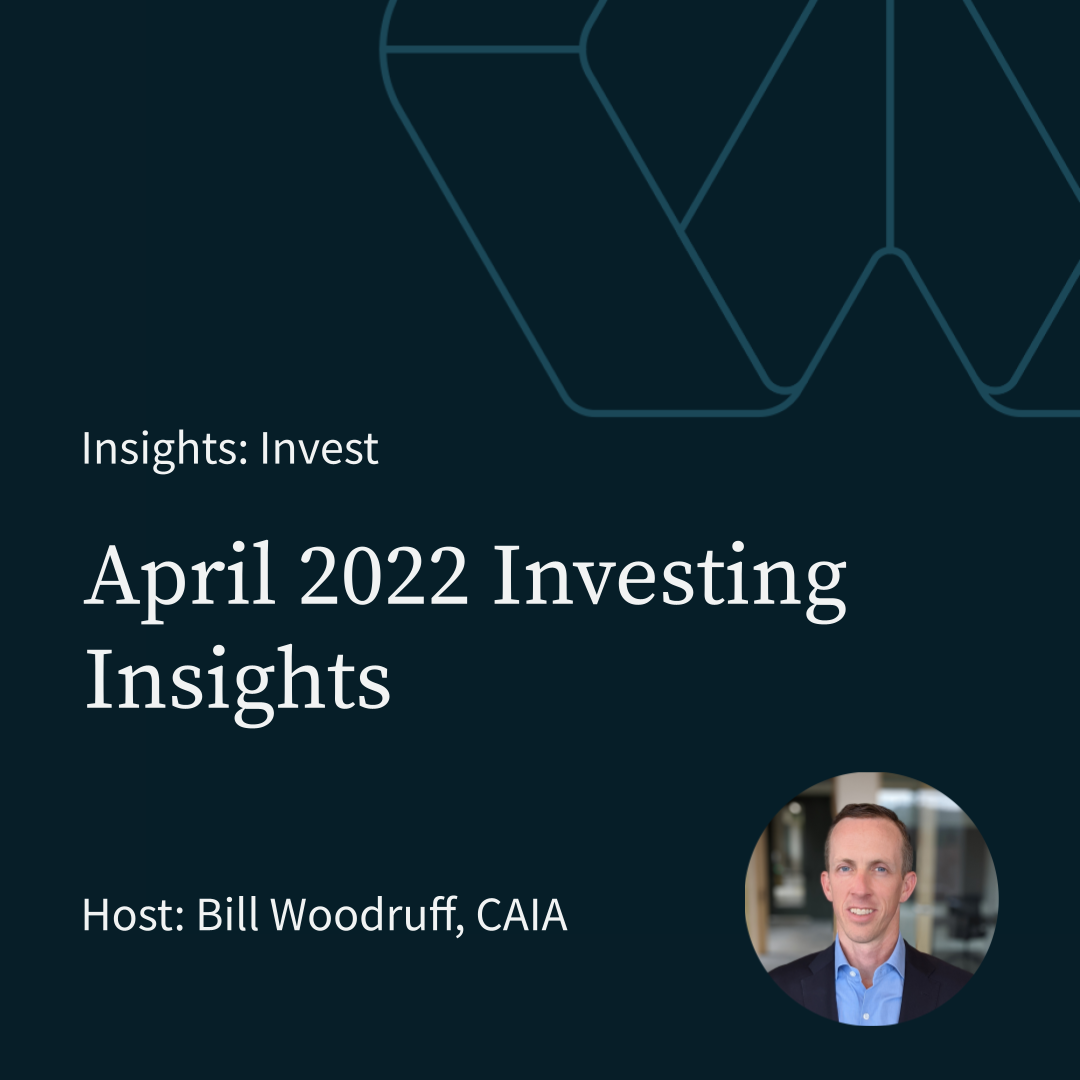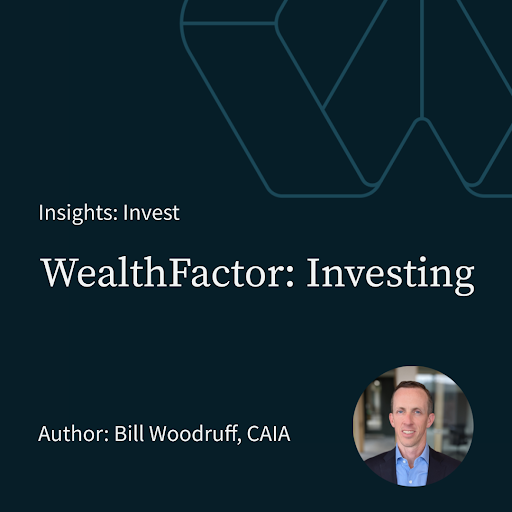Investing Essentials: The Different Asset Classes
Think of investing, and people tend to think of stocks. But there’s a whole range of different asset classes that you can invest your money in. Indeed there are several different categories of stocks. In the first in an occasional series exploring the basics of investing, we’re going to take a look at the main options open to you.
STOCKS AND BONDS
Although there are several different types of asset — or asset classes — the most important ones for the vast majority of individual investors are stocks (otherwise known as stocks or equities) and bonds (sometimes referred to as fixed income).
Stocks
When you buy stocks, you are literally buying a small part of a business. You become a co-owner of that particular firm.  Your returns come in two different forms — first, any increase in the share price on t
Your returns come in two different forms — first, any increase in the share price on t
If the firm goes bankrupt, as a share owner, you are closer to the end of the line of creditors to be repaid.
Generally stocks are useful to those looking to grow their wealth but with a proper time horizon can play a major role in one's effort to preserve their wealth and the purchasing power of that wealth.
Bonds
When you buy bonds, on the other hand, you are lending money, either to a government agency or, in the case of corporate bonds, to a business.
Your returns come from interest paid on your loan.
If the business or agency defaults on its bond, you are closer to the front of the line of creditors to be repaid with any remaining capital.
Generally bonds act as a stabilizer. Many bonds tend to have less volatility than stocks which increases portfolio stability. Additionally, high quality bonds, or those least likely to default, tend to have a strong diversification benefit. Having assets that appreciate when stocks decline can increase a portfolio's stability.
Finding the right mix
Stocks are considered riskier than bonds and have generally delivered higher returns over time. According to the Credit Suisse Global Investment Returns Yearbook, between 1900 and 2016, stocks have produced an average annual return of 9.5%. That compares to an average of 4.9% for corporate bonds, and 3.7% for government bonds.
It also makes sense to spread your risk by investing in stocks across business types or sectors as well as across other regions of the world.
That said, if you invest too much in equities you run the risk that your portfolio will fall in value far more than you feel comfortable with. The single greatest risk investors take on in investing is taking more risk than they realize leading to an increased change that behavior mistakes during the inevitable stock market decline.
Bonds, while inherently income producing are often a portfolio stabilizer. Generally, the older you are, the larger the proportion of bonds you should have in your portfolio.
CASH
The third main asset class is cash.
People usually invest in cash either through savings accounts — or so-called money market funds. These are collective investment schemes which either invest your money in cash or equivalents to cash, such as short-term loans to the government, known as short-term Treasury Bills.
Cash is considered to be the safest asset class of all, as it’s very unlikely — though not impossible — that you will actually lose any money.
The big downside is that over the long term cash usually delivers smaller returns than bonds — and far smaller returns than equities. In reality, therefore, cash is for savers rather than investors.
The final asset class — usually called alternatives — principally includes property (residential and commercial), commodities, hedge funds and private equity funds.
Some would also include in this category art, classic cars and fine wines.
All of these alternative investments are attractive in their own way, but they all have disadvantages too.
Of course, residential property has for many years been a very popular investment and, on the whole, it has delivered strong returns. What you need to remember, however, is that if you own or have a mortgage on your own home, you are already heavily exposed to residential property as an asset class.
Whether your goal is to accumulate, preserve or optimize your wealth, having the right mix of assets and liabilities is critical to maximizing your probability of a successful outcome.
Source: Regus Media. https://www.credit-suisse.com/about-us-news/en/articles/news-and-expertise/global-investment-returns-yearbook-201902.html










